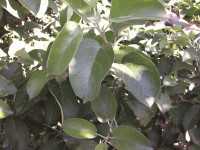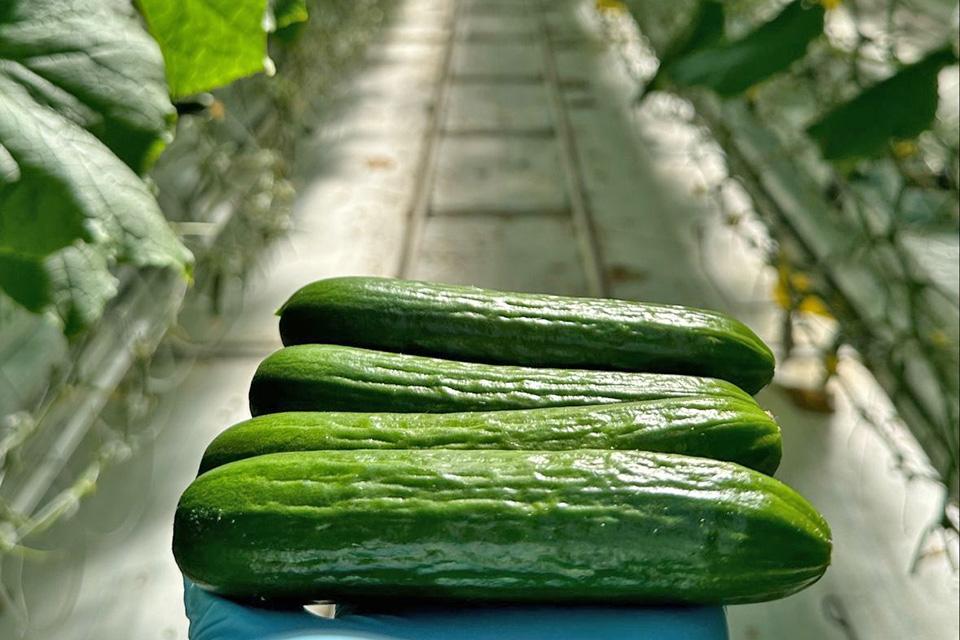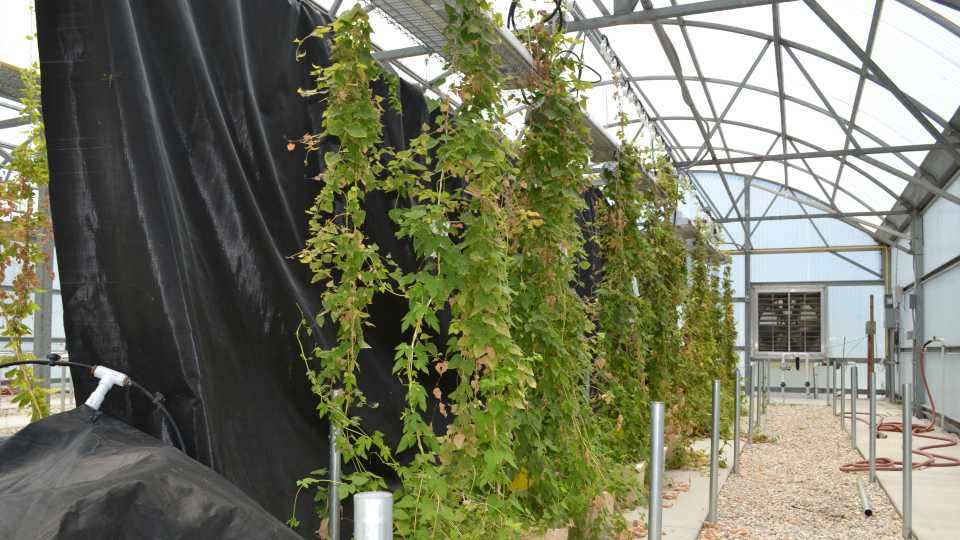Growers Go to Battle Against Apple Scab

Apple growers in Pennsylvania encountered an old “friend” this past year. The weather in 2011 was particularly suitable for apple scab. In the primary scab season, some growers averaged almost twice the number of predicted severe infection periods that they might observe in a typical year. May alone had more severe infection periods than the total number observed in six out of the nine years for which data is available. Dr. Henry Ngugi in the Plant Pathology Department at Penn State University says frequent rainfall events compounded the problem. “Growers often could not get into the orchards to spray, and whatever they applied often got washed off, especially the protectant component of the fungicide program intended to ‘protect’ the site-specific fungicides from selection for resistance to apple scab.”
The weather may have been the main factor in 2011, but the fact is, an increase in apple scab pressure may have been inevitable. A number of the disease control products growers have relied on for years — namely the strobilurins and sterol inhibitors that were so popular at the beginning of the previous decade — are simply no longer effective thanks to resistance buildup in the apple scab fungus.
In addition, George Sundin, a plant pathologist at Michigan State University (MSU), notes that growers may not be starting early enough in their efforts to prevent apple scab. “You need to start early, and not let the disease get started at green tip,” says Sundin. While speaking to a roomful of growers at December’s Great Lakes Expo in Grand Rapids, MI, Sundin also said that the risk of primary scab infection — which is based on increasing leaf area — begins at green tip, which is also when the probability of economic loss from scab control failures is at its highest.
The Next Generation
The good news is, the next class of disease control chemistry should become available commercially this year. This class of SDHI (succinate dehydrogenase inhibitor) fungicides stops the growth of plant pathogenic fungi by blocking cell respiration.
Even better news for growers is that most of these new products will be packaged with other classes of fungicides, in order to help ward off resistance. Here’s a quick look at some of the new materials coming to market:
• Pristine (pyraclostrobin and boscalid, BASF) has been available for a couple years already, and targets a wide range of diseases in addition to apple scab.
• Luna (fluopyram, Bayer CropScience) is being released in three different formulations, which you can learn more about by reading comments from senior product manager Herb Young on page 14. The key formulation for apple scab is Luna Sensation (pre-packaged with Bayer’s Flint, which contains the active ingredient trifloxystrobin), while Luna Tranquility (packaged with Bayer’s pyrimethanil/Scala product) might be a valuable tool because Scala has yet to build up much resistance.
• Fontelis (penthiopyrad, DuPont Crop Protection) has been tested for years by Sundin and other researchers at MSU, with positive results so far in controlling both apple scab and American brown rot. Fontelis is designed to provide broad-spectrum disease control, and at this point will not be pre-packaged with other ingredients.
• Merivon (fluxapyroxad, BASF), like Luna, will come pre-packaged with another class of ingredient, in this case a strobilurin, to help manage resistance.
Sundin emphasizes that while each of these new products are designed to prevent, or at least limit, resistance, it is still important to include a protectant in the spray tank such as Captan. These protectants do not work as well on their own, but when combined with an SDHI material, they should be a valuable resource. In addition, each of these new materials are expected to help against other diseases as well, including leaf spot and powdery mildew.
Luna, Fontelis, and Merivon are each expected to receive registration in early 2012. Once they are, if you’re considering using them, be sure to follow the product labels closely.










